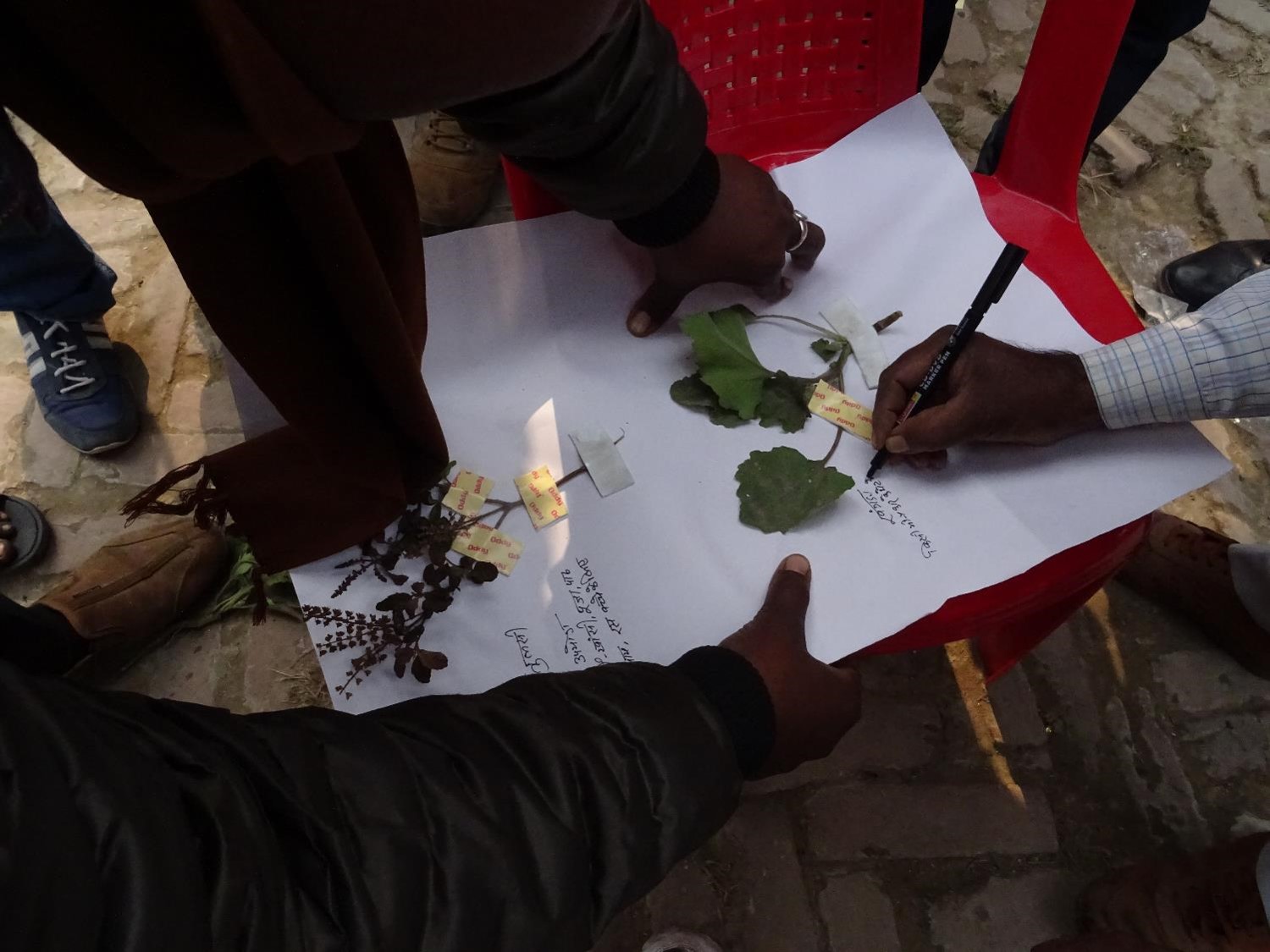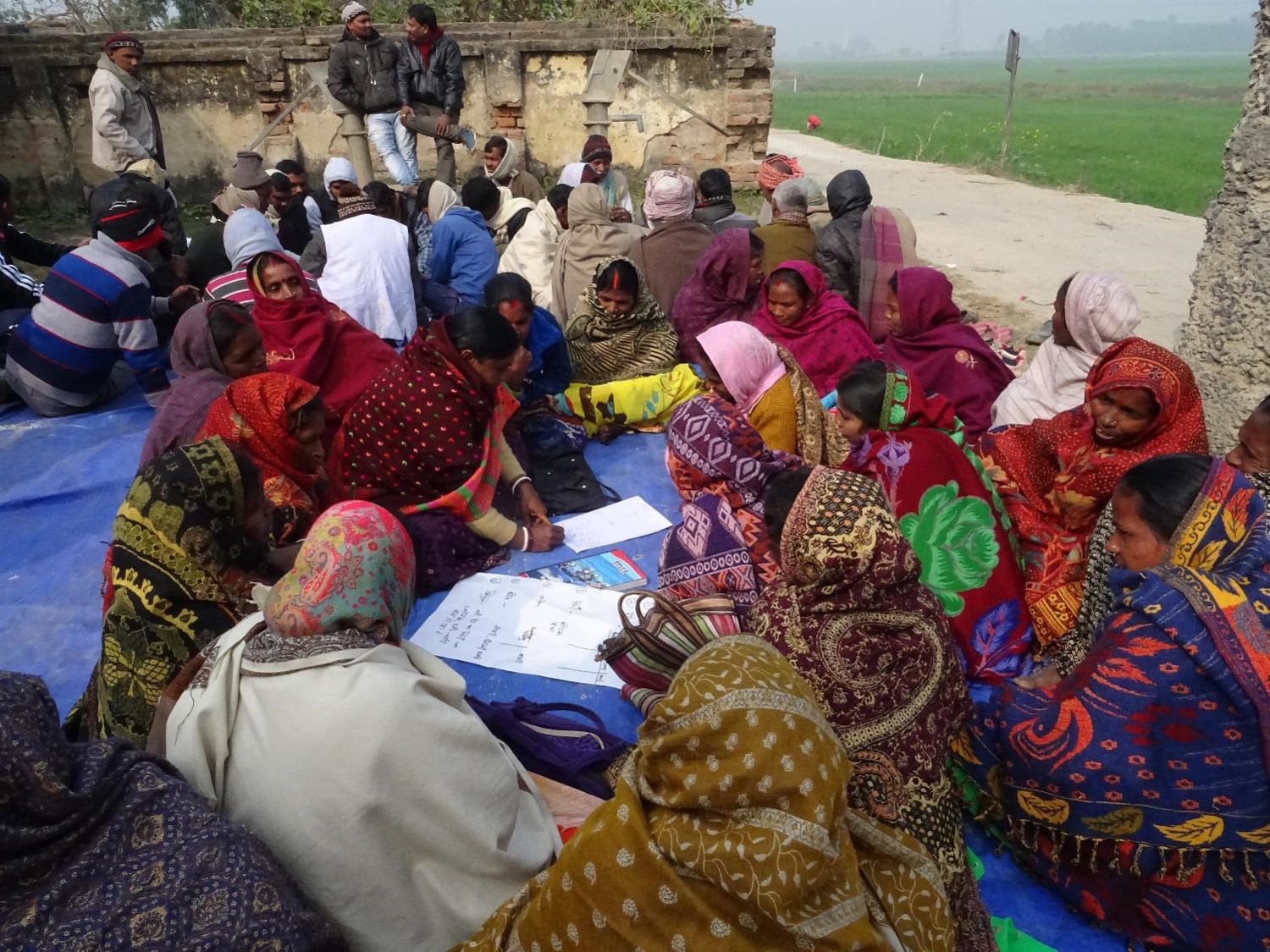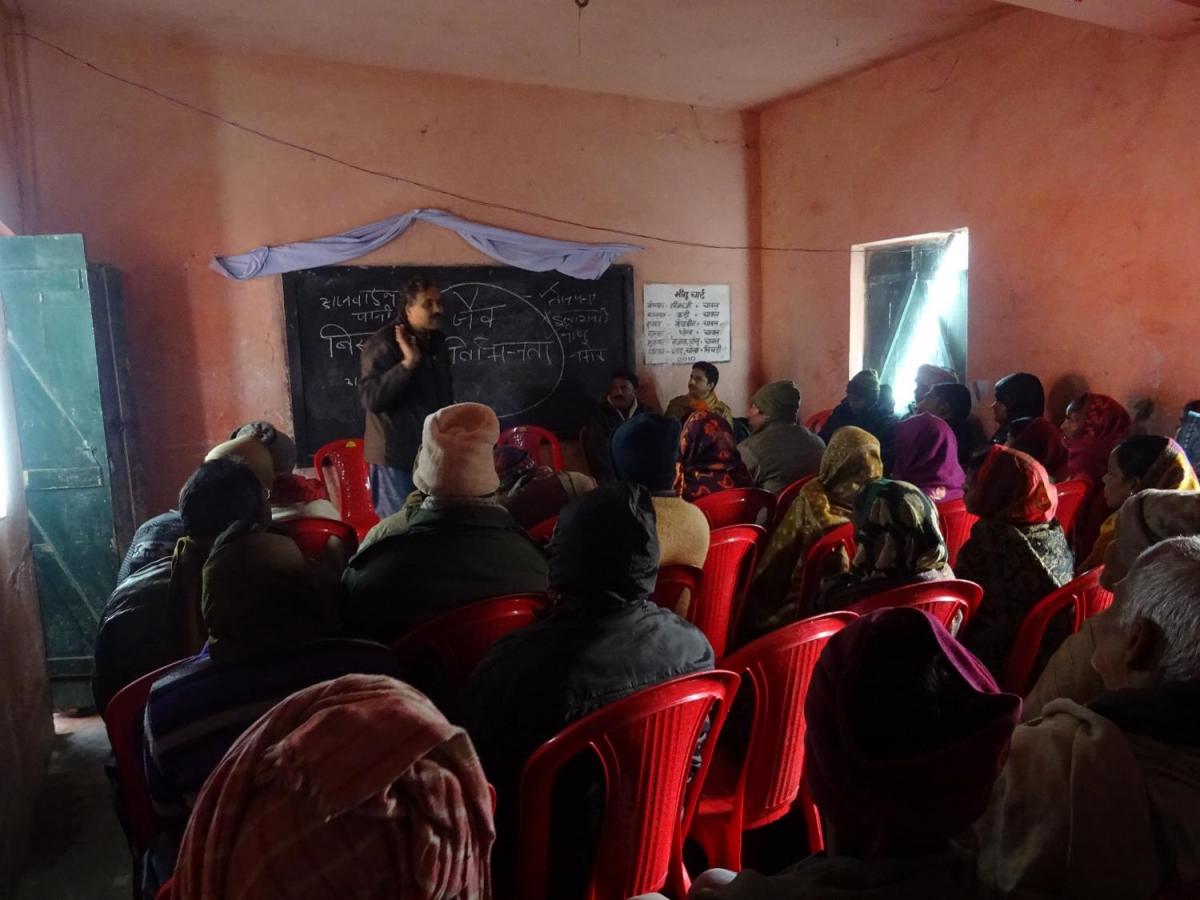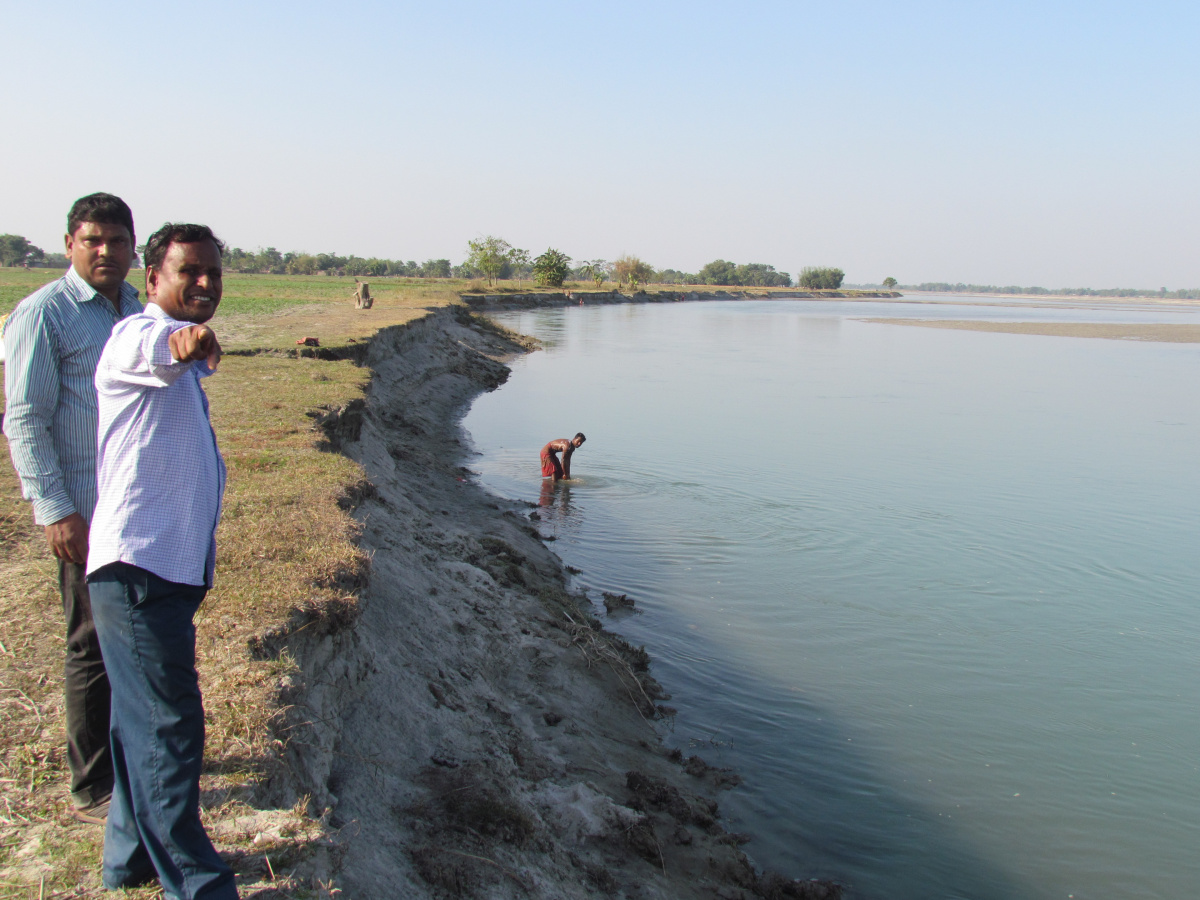Training on Biodiversity Registers and Biodiversity Management Committees in Munger, Bihar
IUCN India with support of ITC Ltd. has initiated a “Sustainable Agriscapes for Future” programme in the Munger district of Bihar. Under this programme, one of the objectives is to revive the ecosystem services which would not only help carry out sustainable agriculture but also promote biodiversity in and around the agriscapes. Promoting only agricultural crops such as wheat, paddy and maize and horticultural crops such as mango and litchi will not ensure sustainable agriculture nor revival of the local biodiversity. Thus, the project team felt that the local community needed to be made aware about the importance of biodiversity, and its benefit on agriculture and allied activities. Thus, IUCN in collaboration with ITC Ltd. organised a two-day training programme on biodiversity at Maheshpur village of Munger Sadar clusters.
The training was organised by IUCN and ITC Ltd. with technical support from Dr. Sudipto Chatterjee, from TERI University, an IUCN commission member, who agreed to act as the trainer for the same.
On the first day of the training, the participants were introduced to the concept of biodiversity and its importance in an agricultural landscape. Dr. Chatterjee explained in a very easy-to-comprehend language the various daily benefits one gets from a biodiverse landscape, giving suitable local examples. He explained why a variety of plants, shrubs, herbs and grass are required to maintain the biodiversity of an area. Three teams were formed with participants from three different clusters, i.e., Asarganj, Kharagpur and Sadar and they were instructed to bring one or two plant samples from the nearby area. Once the groups brought some plant samples they were asked to stick them on a chart paper. Then they were asked to write the use of these plants on the chart as well, and finally present their findings to the larger group. After all the presentations were over, Dr. Chatterjee explained to the participants that this was how a biodiversity register was prepared, and that all villages should prepare such records for all the available species found near their village.
 Photo: IUCN
Photo: IUCN
On the second day, Dr. Chatterjee taught the groups about the concept of a Biodiversity Management Committee (BMC) and asked the three groups to form BMCs and elect office bearers for these committees. He discussed again the importance of maintaining records in the biodiversity register. He suggested that the first page of the register should have a map of the village for which the register was being prepared. He also explained about the roles and responsibilities of the BMC.
Mr. Aditya Petwal from IUCN India concluded the training programme by sharing with the participants the method of registering the BMC with the Government and how to make it a legal body responsible for maintaining the biodiversity of the area. He also discussed about some of the critically endangered species which were neglected by the community. He further explained that without community participation, it is very difficult to identify and conserve threatened species. At the conclusion of the training, the local farmers said that they have now become more interested in the various species found in their surroundings and they would like to record the local biodiversity in a similar systematic manner in the future as well.
For more information on the project, please click here.





